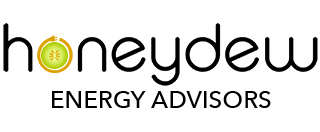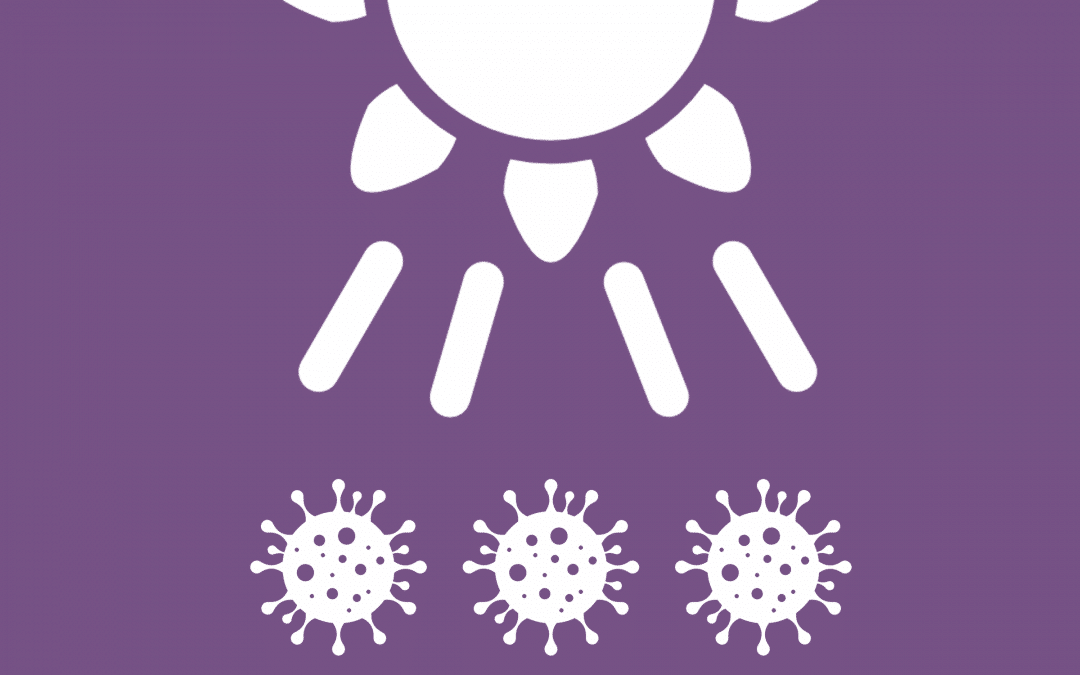by Stewart Lawrence and Andrew Zimdahl
Most people are settling in for the long haul with COVID-19. The pandemic is not going away any time soon, and we’ll be living with the aftershocks for years. In fact, the threat of reinfection as the virus evolves could well loom indefinitely.
That’s sobering news, and it places a high premium on long-term prevention and detection methods to protect ourselves.
Recently, we learned about the destructive effect of ultraviolet rays against COVID-19. A number of suppliers have begun manufacturing UV light systems that can be installed on the ceiling of your home or business, providing 24-7 protection, they claim. But are these systems really safe to use when humans are present, and do they actually work?
The short answer is: we don’t know for sure yet, but probably will soon. Experiments are already underway. For example, UV lighting is being used to decontaminate surfaces on public transit and in hospitals where infectious droplets may have landed, as well as to disinfect N95 masks for reuse.
The idea of using UV systems to provide continuous air disinfection has remained outside of most mainstream, policy-setting conversations about COVID-19. However, 100 years ago, prior to the advent of antibiotics, it was a much more widely used tool for hospitals and labs to sterilize indoor space. It has two main advantages over antibiotics: it can more quickly respond to novel viruses and such germs cannot evolve to become immune to UV light as it destroys them on a cellular level.
It stands to reason that such UV systems will work on a mass scale. Research shows that a form of UV deployment known as “germicidal” UV can effectively inactivate airborne microbes that transmit measles, tuberculosis and SARS-CoV-1, which is a close relative of the novel coronavirus.
Germicidal UV, or UV-C, has a shorter wavelength than those created by sunlight (referred to as UV-A and UV-B). It is considered safer to humans, but yet could produce harmful effects if exposed to skin over long periods of time. Columbia University researchers are currently experimenting with a new technology called far-UVC, which has an even shorter wavelength that is both more effective at killing the virus and safer to human exposure. The effectiveness rate is anywhere from 80%-90%, not perfect, but possibly a welcome adjunct to more invasive measures such as mask-wearing and social distancing.
Some restaurants have already begun experimenting with germicidal UV. For example, the owner of a restaurant in Seattle installed a germicidal UV system in the ceiling at a total cost of $2,000. The owner also installed circulating ceiling fans to ensure that any COVID virus particles released by infected patrons are drawn upward into the ceiling’s UV “kill zone.” As a rule of thumb, the cost to implement this technology currently is around $4 per square foot.
The precise efficacy of these systems are still being studied, but it will increase many consumers comfort level in visiting business with these systems. The owners has posted signage that boldly declares: “UV Light COVID Virus Disinfected Here.” Apparently, his patrons feel reassured because business is booming again.
Germicidal UV makes sense because COVID-19 is an airborne disease that can be transmitted through tiny droplets of mucous and saliva. The so-called aerosols that transport the disease microbes can attach themselves anywhere. Any means of blocking their spread (for example, with masks) or removing them from the air quickly (in theory, with UV) should be welcomed. According to scientific studies, about 90% of airborne particles from SARS-CoV-1 were inactivated in about 16 seconds when exposed to the same strength of UV as in the Seattle restaurant’s ceiling. However, other viruses, such as the adenovirus, are more resistant and like COVID-19, could require a higher dose of UV.
And that’s where the risk might arise. Low-dose germicidal UV won’t harm humans but higher dose UV rays might unless strict guidelines, such as using high-ceiling installations only, are in place. For example, many studies have linked excessive blue temperature nighttime lighting (like UV) with insomnia on the milder end of side effects and prostrate or breast cancer on the more serious side.
In addition to concerns over cost, effectiveness, and the potential for injury, the search for an effective COVID-19 vaccine remains the nation’s top public health priority. But question of airborne transmission gained new urgency recently when a group of 239 scientists called on the World Health Organization to take the threat of infectious aerosols more seriously, arguing that the “lack of clear recommendations on the control measures against the airborne virus will have significant consequences.”
We at Honeydew suggest some caution before jumping on the germicidal UV bandwagon when the field is still developing. But, with a promised COVID vaccine still likely many months away, it makes sense to explore all options to decrease risk factors. If you’re interested in determining whether your business might be a good candidate for a high ceiling UV system, please let us know through the form below and we’ll provide a free assessment. This technology has been evolving rapidly and we’ll keep you up to date on further developments.

